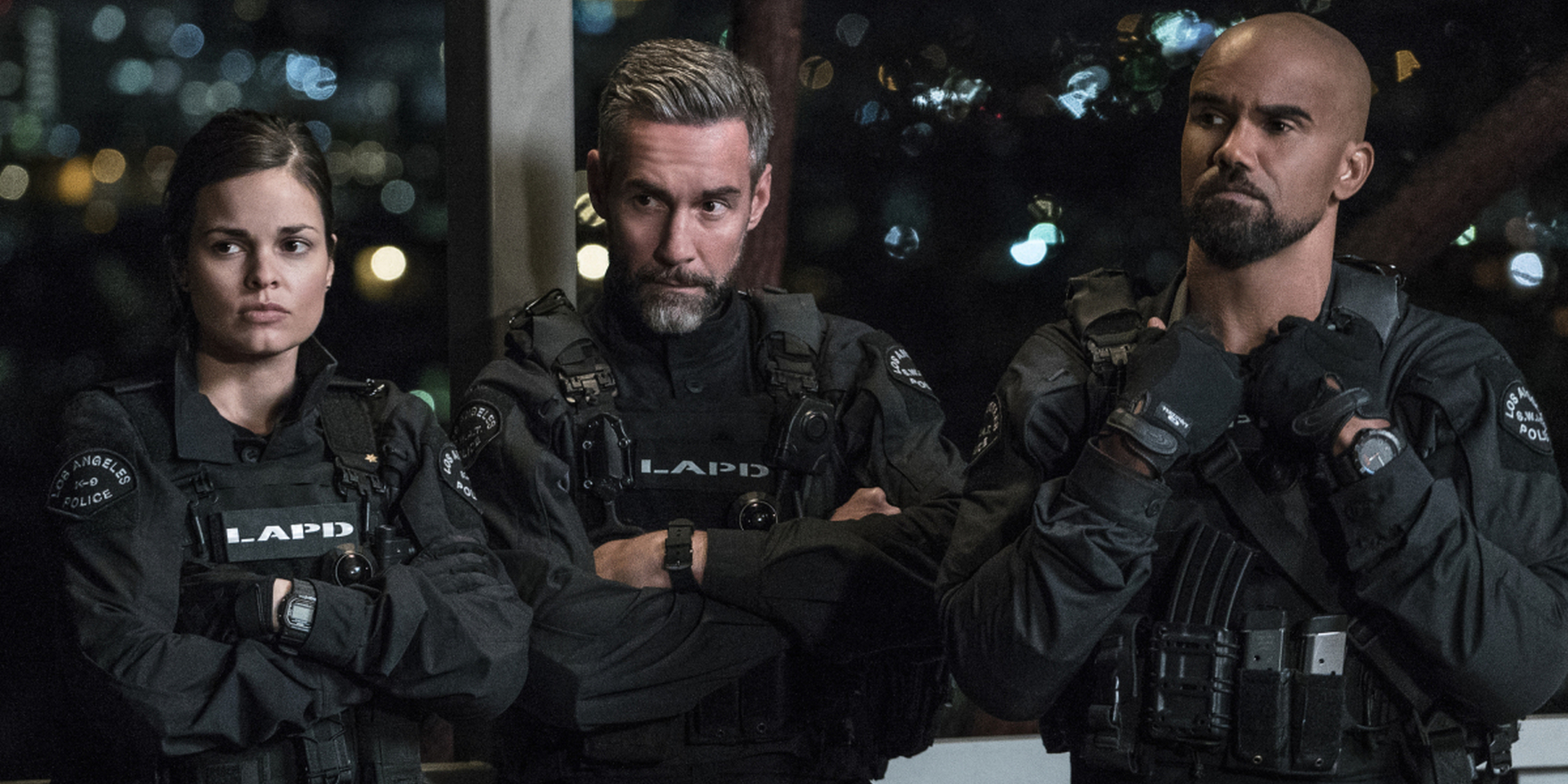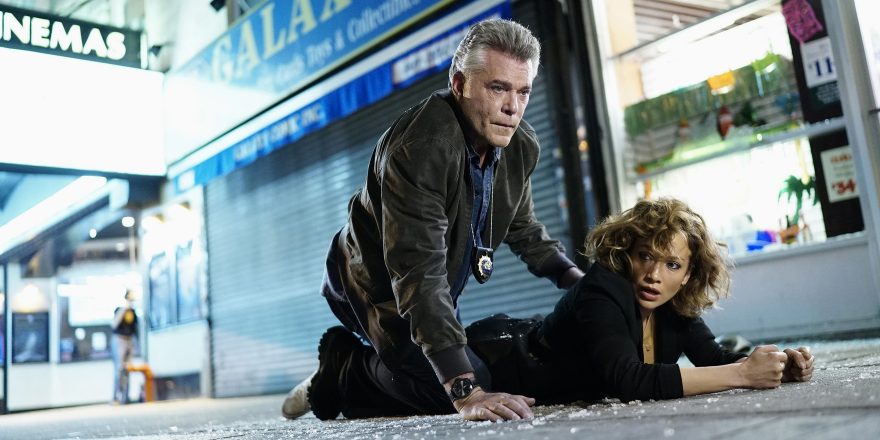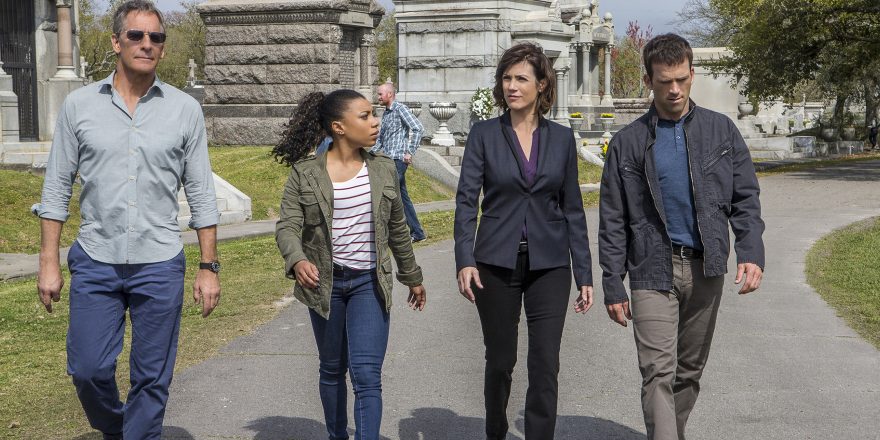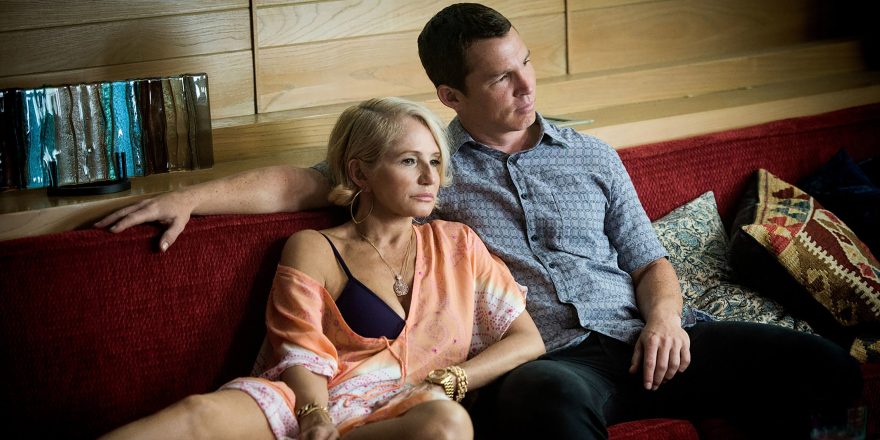I’ve always been fascinated by the filmmakers Martin Scorsese calls “smugglers,” directors and writers who take advantage of genre to sneak personal or political statements through the system. Back in the era Scorsese was talking about – the classical studio system of the 1930s to early 1960s – there were directors like Anthony Mann, Budd Boetticher, Vincente Minnelli and Douglas Sirk, who stayed faithful to the traditions within they were working (the Western for Mann and Boetticher, the melodrama for Minnelli and Sirk) yet figured out how to use the conventions as vehicles for highly idiosyncratic visions.
For example, without coloring outside the lines of what the audience that paid to see a Rock Hudson or Lana Turner soap opera wanted, Sirk turned films like All That Heaven Allows and Imitation of Life into penetrating analyses of postwar American malaise, touching on issues relating to class and feminism decades before directors like Scorsese (with Alice Doesn’t Live Here Anymore) and Paul Mazursky (An Unmarried Woman) would address the same topics more explicitly. It’s a tradition that lasted beyond the assembly-line studio system, of course – Kathryn Bigelow’s Blue Steel is a great example of a filmmaker disguising a trenchant psychological study and social commentary as a standard-issue cop thriller – but nowadays movies tend to be one way of the other; the big studio genre films are too gargantuan and valuable to the corporation (gotta protect the franchise!) to allow for the kind of personal expression that was possible in Sirk’s day, and the more personal films tend to wear their hearts and minds on their sleeves.
Today, the equivalent of that classical studio system is the world of network TV, which still operates according to old Hollywood’s practices of assembly line production, star vehicles and recognizable genres with clearly defined characteristics. Perhaps no genre is more rigid in its construction than the weekly procedural, which continues to thrive – primarily on CBS – in the form of NCIS and its various iterations, Criminal Minds, Bull and Blue Bloods, among other highly rated shows. The milieu of these series changes, but the basic structure of each season and each episode within that season is remarkably consistent; the rhythms and iconography are as familiar and comforting to the shows’ viewers as those of the Western or the musical were to film audiences of the 1950s. Yet within that rigidity is a freedom that the best filmmakers working in episodic know how to harness; they know that if they hit certain beats and deliver certain satisfactions, the audience will be there and the network will be happy – then they can feel free to test the boundaries of the format, either in terms of content or in terms of cinematic form.
One of the newest CBS procedurals, S.W.A.T., is a case in point on both counts. I have to admit that the idea of a TV show based on a middling movie (the 2003 Samuel Jackson/Colin Farrell/Michelle Rodriguez/LL Cool J clunker) that was itself based on an old TV show didn’t sound promising when I first heard about it, but series creators Aaron Rahsaan Thomas and Shawn Ryan are clearly just taking advantage of the S.W.A.T. title and the craze for shows based on pre-existing material to make the show they’re really interested in – this owes about as much to earlier iterations of S.W.A.T. as Russ Meyer’s Beyond the Valley of the Dolls does to its alleged inspiration. Thomas and Ryan take the original show’s theme song and the concept of a Special Weapons and Tactics team fighting crime, but beyond that the new S.W.A.T. is a total original. The first clue to what Thomas and Ryan are up to comes in the new show’s specificity; the original S.W.A.T. took place in a vague urban setting, but the new version is very explicitly and concretely set in Los Angeles – and it’s possibly the best use of L.A. locations I’ve ever seen on television, which is saying something. After a hundred years of films and TV shows shooting here, you’d think there’d be nothing new to unearth, but S.W.A.T.’s location managers consistently find places that are instantly recognizable to longtime residents of the city but haven’t been used to death on other shows – and when they do resort to a familiar location, it still feels unique because it’s so organic to the series’ particular stories and characters.
Which leads me to what I think Thomas and Ryan are most interested in, which is the social and political diversity of the city. This is a cop show that addresses racial and economic tensions in the era of Black Lives Matter right from the pilot and continues to explore them in episode after episode as an increasingly complex and developing tapestry of ideas (as opposed to exploiting them for isolated “special episodes,” as many series do). The series revolves around Daniel “Hondo” Harrelson (Criminal Minds vet Shemar Moore), an African-American cop who becomes the head of his S.W.A.T. unit after his white boss accidentally shoots an unarmed black teen. The show’s engine is the complex relationship Hondo has with the community, which alternately sees him as a role model and a sellout and everything in between – which happens to be the way Hondo himself sees other cops, and has since he was a kid growing up in the neighborhoods he now works in, with, and against. Thomas, Ryan and their writing staff milk the premise for all it’s worth over the course of the series’ first six episodes (all I’ve seen as of this writing), giving the show a moral complexity more evocative of 1970s Sidney Lumet than a typical network procedural. The whole thing is given added weight by the depth of Moore’s performance, which recalls the great work of Andy Garcia in Lumet’s Night Falls on Manhattan; in lesser hands, his character’s contradictions would collapse into a murky puddle, but Moore plays the heroism and confidence that coexist alongside the character’s introspective, self-doubting moments with total force and clarity.
The ’70s-style moral sophistication and social awareness is only one component of the show’s greatness, though; the other is that this content is married to a kinetic action style that would make John Woo proud. The pilot was directed by Justin Lin, the master of spectacle who directed three of the best Fast and the Furious films, and it establishes the pictorial language of the series: a gliding, subjective camera with longer, more elaborately choreographed takes than one is used to seeing on network television; propulsive but expressive editing in which every cut counts; and shifting points of view that respect the breadth of the series’ ensemble, multicultural perspective. The pilot is one of the best hours of action filmmaking I’ve seen all year – far better than most of what I’ve seen in feature films, where handheld chaos continues to reign (John Wick 2 being a notable exception). Yet it isn’t even the best hour of S.W.A.T. – that comes with the next two episodes, both of which are directed by Rectify and Sons of Anarchy veteran Billy Gierhart. Based on the evidence of the pre-credit prologues of these two episodes alone, I’m ready to say that Gierhart is one of the best action filmmakers currently working – the heir to Walter Hill and Don Siegel’s throne. Liberated from the need to establish the characters and themes, Gierhart turns Episode 2, “Cuchillo,” into an aggressive masterclass in visual design – every shot is inventive without being pretentious, the cutting is relentless yet never disorienting, and the integration of blocking and camera movement meticulous without feeling rigid or suffocating. No matter how dynamic or outrageous the shots – and they do get extremely dynamic, with bold lens choices and constant reframing through bullet holes, shattered glass, etc. – they’re always motivated and purposeful … again, it’s the kind of thing Woo did in his Hong Kong films, or his best American assignments like Face/Off. Hollywood barely makes those kinds of films anymore – action exists in the superhero realm, and ethical inquiry is strictly for the art house – making S.W.A.T.’s merging of emotional, intellectual and visceral pleasures a reason for celebration.








